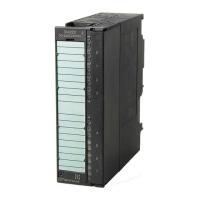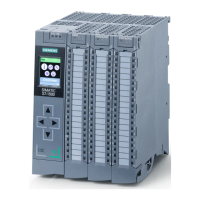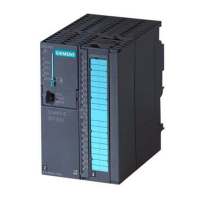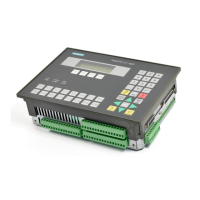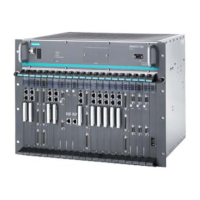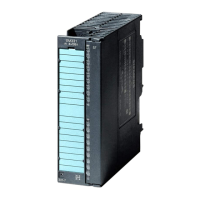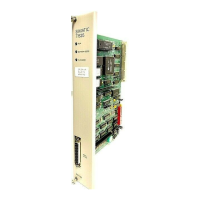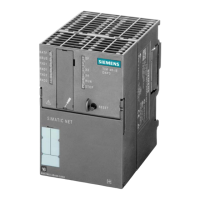Link-up and update
12.3 Link-up and update sequence
S7-400H
System Manual, 03/2012, A5E00267695-11
149
12.3.2 Update sequence
What happens during updating?
The execution of communication functions and OBs is restricted section by section during
updating. Likewise, all the dynamic data (content of the data blocks, timers, counters, and bit
memories) are transferred to the standby CPU.
Update procedure:
1. Until the update is completed, all asynchronous SFCs and SFBs which access data
records of I/O modules (SFCs 13, 51, 52, 53, 55 to 59, SFB 52 and 53) are
acknowledged as "negative" with the return values W#16#80C3 (SFCs 13, 55 to 59, SFB
52 and 53) or W#16#8085 (SFC 51). When these values are returned, the jobs should be
repeated by the user program.
2. Message functions are delayed until the update is completed (see list below).
3. The execution of OB 1 and of all OBs up to priority class 15 is delayed.
In the case of cyclic interrupts, the generation of new OB requests is disabled, so no new
cyclic interrupts are stored and as a result no new request errors occur.
The system waits until the update is completed, and then generates and processes a
maximum of one request per cyclic interrupt OB. The time stamp of delayed cyclic
interrupts cannot be evaluated.
4. Transfer of all data block contents modified since link-up.
5. The following communication jobs are acknowledged negatively:
– Reading/writing of data records using HMI functions
– Reading diagnostic information using STEP 7
– Disabling and enabling messages
– Logon and logoff for messages
– Acknowledgement of messages
6. Initial calls of communication functions are acknowledged negatively. These calls
manipulate the work memory, see also
System Software for S7-300/400, System and
Standard Functions
. All remaining communication functions are executed with delay, after
the update is completed.
7. The system disables the generation of new OB requests for all OBs of priority class > 15,
so new interrupts are not saved and as a result do not generate any request errors.
Queued interrupts are not requested again and processed until the update is completed.
The time stamp of delayed interrupts cannot be evaluated.
The user program is no longer processed and there are no more I/O updates.
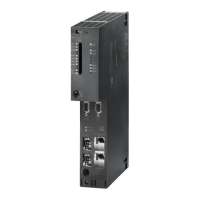
